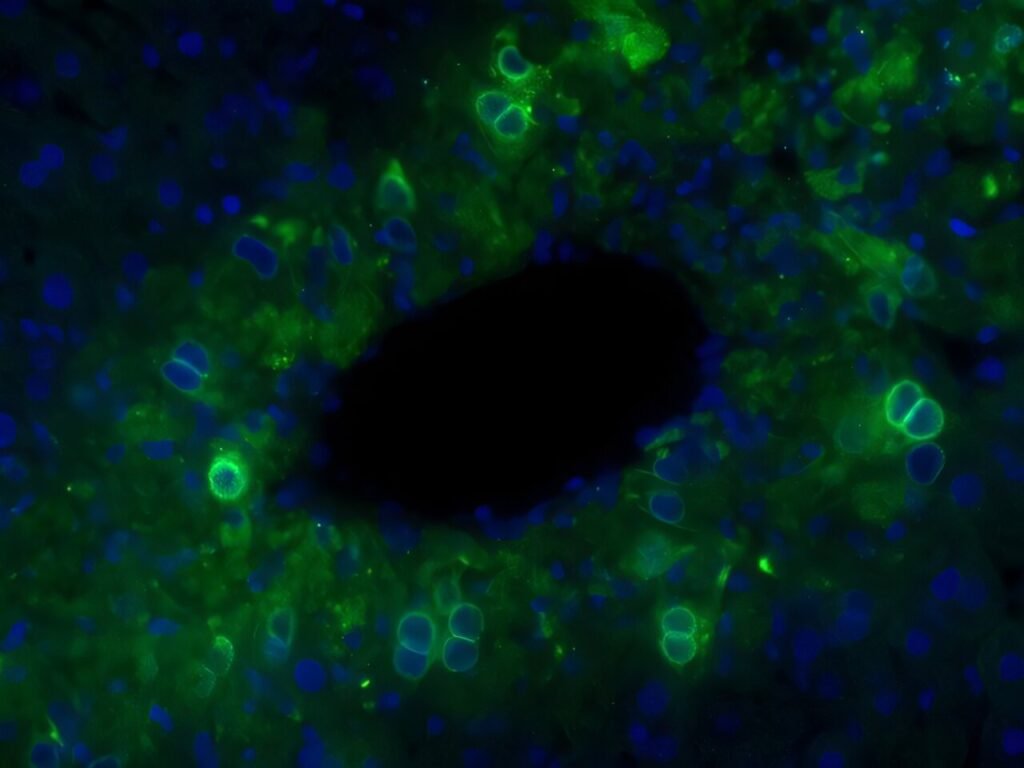Liver regeneration is a fascinating process that has been the subject of study for decades. The liver, one of the body’s most resilient organs, has the remarkable ability to regenerate and recover from injury. However, when it comes to acetaminophen toxicity, this process can be disrupted, leading to acute liver failure and even death.
Acetaminophen, a commonly used fever and pain medication, is known to be toxic to liver cells when taken in excessive amounts. In the United States alone, hundreds of deaths occur each year due to acetaminophen overdose and subsequent liver failure. This has prompted scientists to delve deeper into understanding how the liver regenerates after such toxic insults.
Recent research conducted by Tomomi Aoyagi and colleagues from Kyushu University in Japan has shed light on the mechanisms underlying liver regeneration after acetaminophen injury. Their study, published in Stem Cell Reports, focused on the behavior of single cells in the mouse liver following acetaminophen-induced damage. What they discovered was intriguing – a specific population of liver cells seemed to play a key role in the regeneration process.
The researchers observed that mature liver cells in direct contact with damaged or dying cells underwent a transformation, becoming more immature and rapidly dividing. This transition was crucial for initiating the regenerative process, indicating that signals from injured cells were instructing neighboring cells to kickstart a repair program.
Interestingly, similar populations of immature, dividing liver cells were also found in biopsies from patients with drug-induced liver injury, suggesting that the principles governing liver regeneration in mice also apply to humans. This finding has significant implications for developing effective treatments for drug-induced liver injury and potentially offering insights into treating liver failure, a condition that currently requires transplantation for a cure.
By unraveling the intricate interplay between injured tissues and neighboring cells during liver regeneration, researchers hope to pave the way for novel therapeutic strategies that can enhance the liver’s natural ability to recover from toxic insults. This research not only offers hope for patients suffering from liver damage but also underscores the importance of understanding the fundamental mechanisms that drive tissue regeneration in the body.
As we continue to unlock the mysteries of liver regeneration, we move one step closer to harnessing the body’s innate healing powers for the benefit of those in need. The quest for boosting liver regeneration after acetaminophen injury is not just a scientific endeavor – it is a journey towards improving the lives of countless individuals facing the devastating consequences of liver damage.


